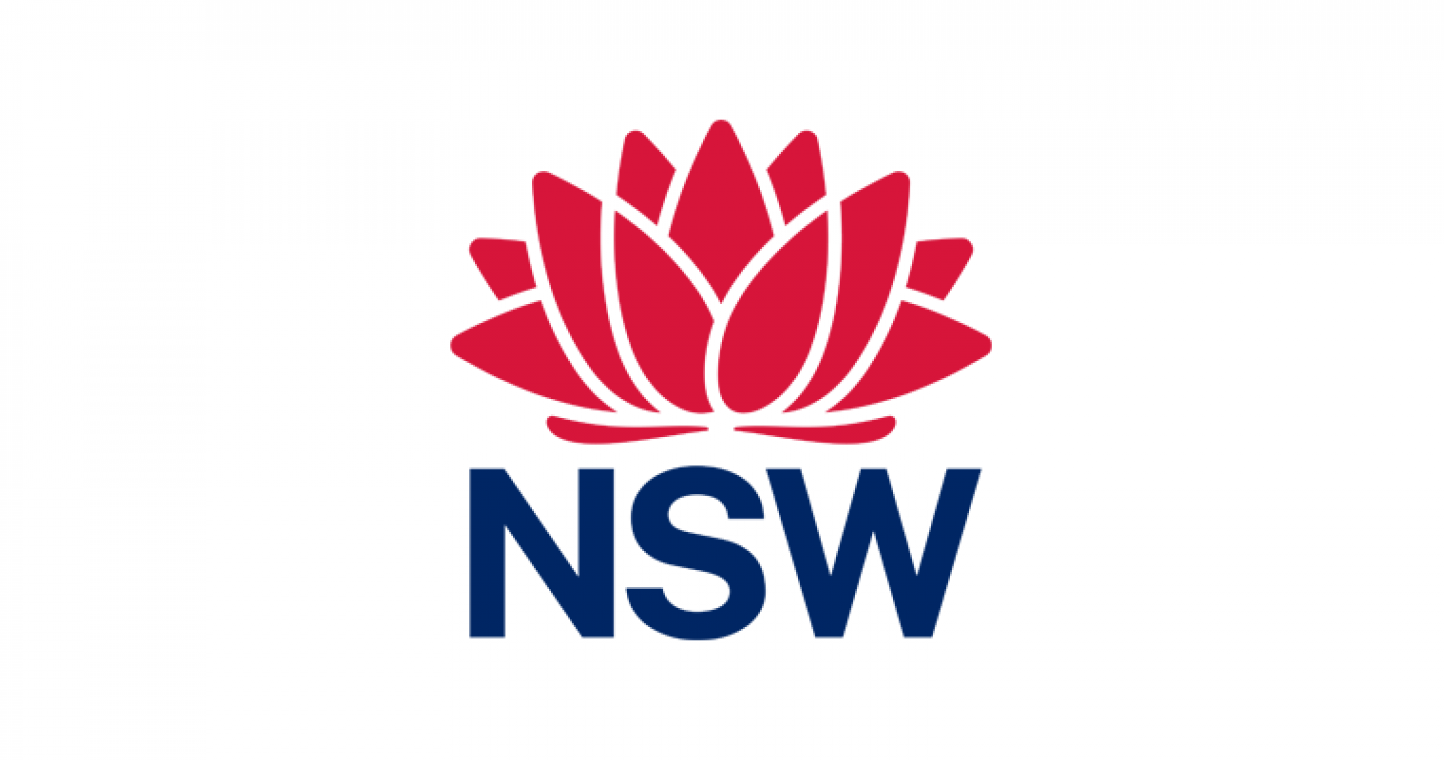The unemployment rate fell 0.1 percentage point to 3.6 per cent in September (seasonally adjusted), according to data released today by the Australian Bureau of Statistics (ABS).
Kate Lamb, ABS head of labour statistics, said: “With employment increasing slightly, by around 7,000 people, and the number of unemployed people falling by around 20,000, the unemployment rate fell to 3.6 per cent in September.
“It is important to remember that a fall in unemployment does not always mean much higher employment.
“The fall in the unemployment rate in September mainly reflected a higher proportion of people moving from being unemployed to not in the labour force.
“The participation rate fell 0.2 percentage points to 66.7 per cent from last month’s record high of 67.0 per cent but remained well above levels before the COVID-19 pandemic.”
The small increase in employment in September followed a large increase in August.
“Looking over the past two months, average monthly employment growth was 35,000 people, around the average growth we’ve seen in the past year,” Ms Lamb said.
The employment-to-population ratio fell 0.1 percentage point to 64.4 per cent, back to its average level for the past 12 months.
Monthly hours worked fell 0.4 per cent in September 2023, following a fall of 0.5 per cent in August, while employment was relatively flat (rising less than 0.1 per cent).
“Annual growth in hours worked to September 2023 was no stronger than annual growth in employment – with both growing 2.9 per cent – for the first time since December 2022 when we saw more people than usual working reduced hours due to illness.
“The recent softening in hours worked, relative to employment growth, may suggest an easing in labour market strength, though it also follows particularly strong growth over the past year. As seen in the Job vacancies data, demand for workers has fallen slightly, but the labour market continues to be relatively tight and resilient,” Ms Lamb said.
| Employed (March 2020 index) | Hours (March 2020 index) | |
|---|---|---|
| Mar-20 | 100 | 100 |
| Apr-20 | 95.5 | 89.9 |
| May-20 | 93.3 | 90.8 |
| Jun-20 | 95 | 94.3 |
| Jul-20 | 96 | 95.4 |
| Aug-20 | 97.1 | 95.7 |
| Sep-20 | 96.9 | 95.7 |
| Oct-20 | 98.1 | 97.3 |
| Nov-20 | 98.7 | 99.2 |
| Dec-20 | 99 | 99.2 |
| Jan-21 | 99.4 | 94.8 |
| Feb-21 | 99.8 | 99.9 |
| Mar-21 | 100.3 | 102.1 |
| Apr-21 | 100.2 | 100.7 |
| May-21 | 100.9 | 102.4 |
| Jun-21 | 101 | 100.8 |
| Jul-21 | 101.3 | 100.8 |
| Aug-21 | 100.2 | 96.9 |
| Sep-21 | 99.2 | 98 |
| Oct-21 | 98.9 | 98.1 |
| Nov-21 | 101.7 | 102.2 |
| Dec-21 | 102.4 | 103.4 |
| Jan-22 | 102.8 | 95.4 |
| Feb-22 | 103.4 | 103.2 |
| Mar-22 | 103.6 | 103 |
| Apr-22 | 104 | 103.9 |
| May-22 | 104.4 | 105 |
| Jun-22 | 105 | 105.3 |
| Jul-22 | 105.2 | 105.1 |
| Aug-22 | 105.5 | 106.1 |
| Sep-22 | 105.7 | 106.4 |
| Oct-22 | 106 | 108.1 |
| Nov-22 | 106.4 | 108.3 |
| Dec-22 | 106.4 | 107.5 |
| Jan-23 | 106.5 | 105.2 |
| Feb-23 | 106.9 | 109.2 |
| Mar-23 | 107.5 | 109.5 |
| Apr-23 | 107.4 | 112.4 |
| May-23 | 108 | 110.1 |
| Jun-23 | 108.2 | 110.4 |
| Jul-23 | 108.2 | 110.5 |
| Aug-23 | 108.6 | 109.9 |
| Sep-23 | 108.7 | 109.5 |
Source: Labour Force, Australia, Tables 1 and 19
The underemployment rate fell 0.2 percentage points to 6.4 per cent in September. While this is 0.4 percentage points higher than September 2022, this is still around 2.4 percentage points lower than before the pandemic.
The underutilisation rate, which combines the unemployment and underemployment rates, fell 0.3 percentage points to 9.9 per cent. This was 0.3 percentage points higher than last September, but 4.0 percentage points lower than March 2020.
In September, the trend unemployment rate remained at 3.6 per cent.
Employment grew by around 23,000 people (0.2 per cent) and hours worked fell 0.1 per cent in September, in trend terms. Over the past year, employment has increased by 2.8 per cent and hours worked by 3.3 per cent.
“In trend terms, growth in hours worked has been steadily slowing since June 2023 and fell slightly in September.
“However, in trend annual terms, the hours worked growth remains noticeably higher than the growth in employment.
“The monthly employment increase of 0.16 per cent in September was in line with the average growth rate we saw in the 20 years before the pandemic,” Ms Lamb said.
The employment-to-population ratio remained at 64.4 per cent, in line with August’s updated data, as did the participation rate, remaining at 66.8 per cent.
The underemployment rate remained at 6.4 per cent, for the fourth month in a row, similarly in line with August’s updated figure.
“In trend terms, the growth in employment has gradually slowed, however the employment-to-population ratio and participation rates are still close to their recent record highs. These still point to a tight labour market,” Ms Lamb said.








